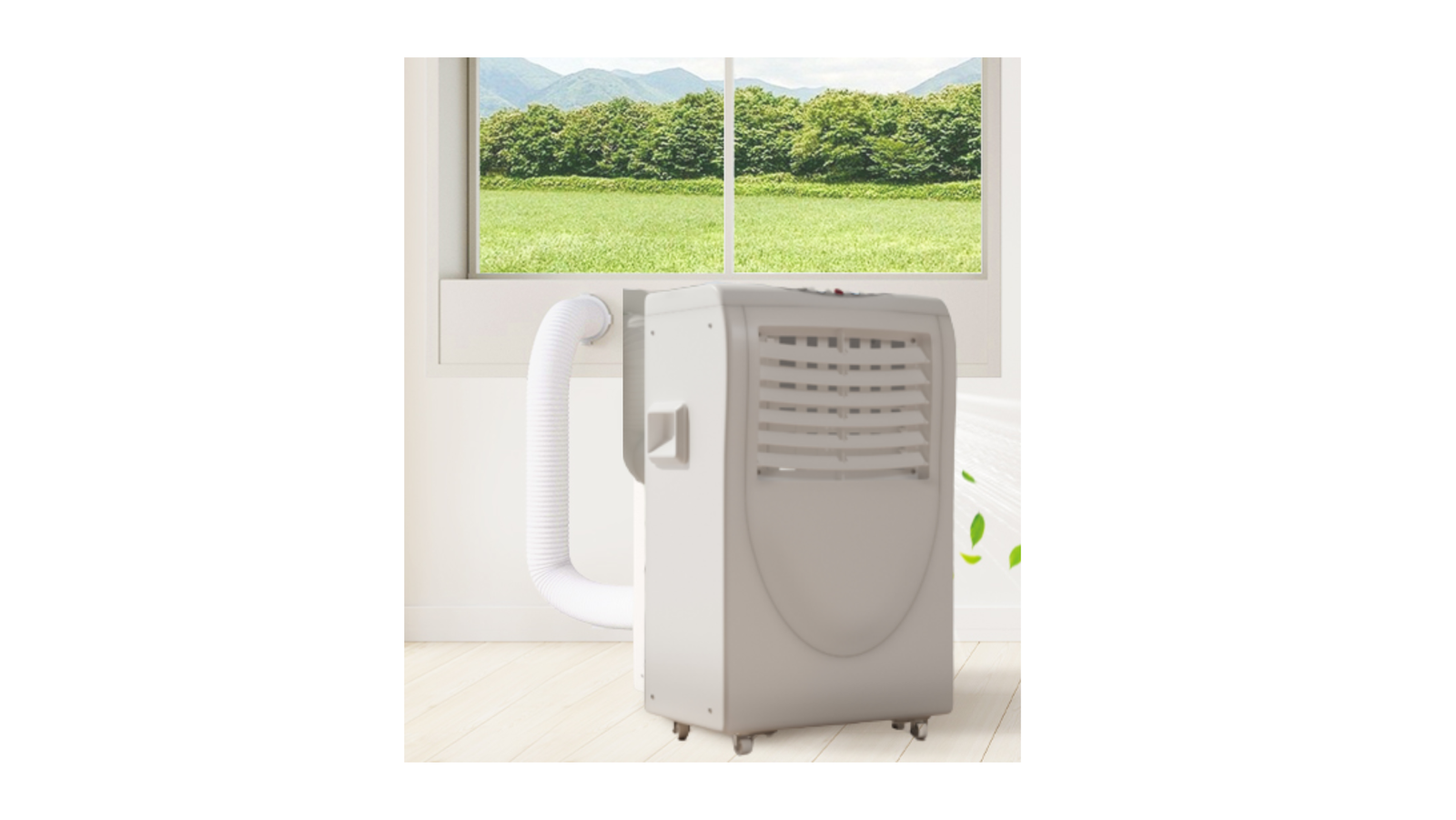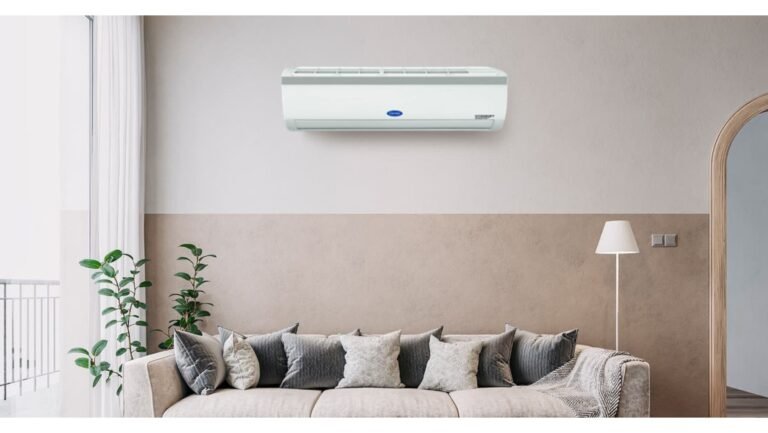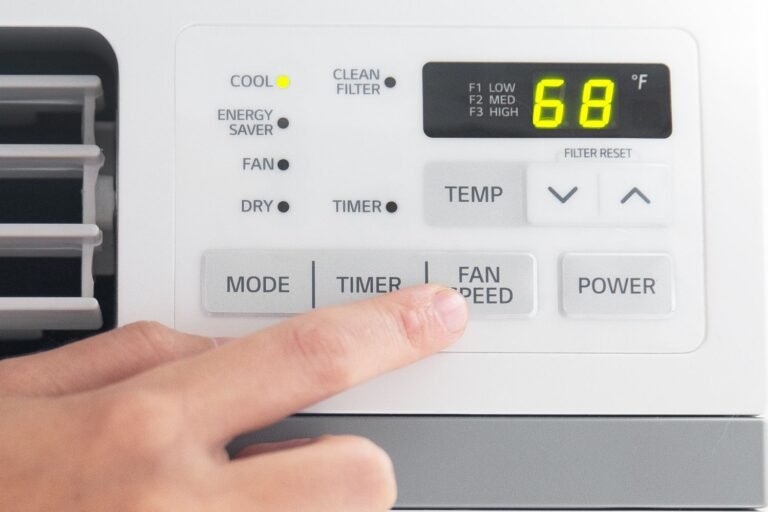Can I Vent My Portable AC into Attic? Discover the Best Options
Venting a portable AC into the attic is not recommended as it can cause various issues, including temperature imbalances, moisture buildup, and potential damage to the attic structure. It is crucial to properly vent your portable AC outside through a window, wall vent, or other designated openings to ensure efficient and safe operation.
Why Attic Venting For Portable Acs Is Important
<td
| Why Attic Venting for Portable ACs is Important |
| Importance of proper ventilation for portable AC units: |
| Potential issues with venting portable AC into the attic: |

Venting Options For Portable Ac Units Without Attic Venting
| Venting Options for Portable AC Units without Attic Venting |
| Option 1: Venting through a window or sliding glass door |
| Venting a portable AC unit through a window or sliding glass door is a common solution for spaces without attic venting. This method involves using a window vent kit or a specially designed sliding glass door vent kit. These kits typically include an adjustable window panel and an exhaust hose that connects to the AC unit. |
| Option 2: Venting through a drop ceiling |
| Venting a portable AC unit through a drop ceiling is another option for those without attic venting. This method requires cutting a hole in the ceiling panel and attaching a vent cover or grille. The exhaust hose can then be routed through the ceiling and connected to the AC unit. |
| Option 3: Venting through a dryer vent |
| For spaces without attic venting, venting a portable AC unit through a dryer vent can be a viable solution. This method involves disconnecting the dryer vent hose from the wall and connecting it to the AC unit using an adapter. The exhaust from the AC unit is then expelled through the dryer vent. |
Pros And Cons Of Attic Venting For Portable Acs
| Pros and Cons of Attic Venting for Portable ACs | |
| Benefits of venting portable AC into the attic | Drawbacks and potential problems with attic venting |
|---|---|
|
|
Venting a portable AC into the attic has its benefits, such as saving space in the main living area and providing a more discreet installation option. It can also maximize the cooling capacity of the AC and ensure proper air circulation. However, there are drawbacks to consider. The attic temperatures can increase, affecting the AC’s performance and efficiency. Condensation from the AC can lead to moisture issues. Compliance with building codes and regulations may also be a concern. Additionally, insulation and ventilation in the attic should be carefully considered to avoid energy loss.
Alternative Solutions For Proper Venting Without Attic Access
| Alternative Solutions for Proper Venting without Attic Access |
| Using a portable AC with a dual size wall mount |
| Utilizing a portable AC with a sliding door kit |
| Exploring portable AC units with rain vent options |
| When it comes to venting a portable AC into the attic, it is not recommended as it can cause damage to your attic and contribute to moisture build-up. However, there are alternative solutions to properly venting your portable AC without attic access. One option is using a portable AC with a dual size wall mount. This allows you to vent the AC through a wall without the need for attic access. Another option is utilizing a portable AC with a sliding door kit. This kit allows you to vent the AC through a sliding glass door, eliminating the need for attic access. Additionally, you can explore portable AC units with rain vent options. These units are designed to vent the AC while also preventing rain from entering your space. Overall, there are alternative solutions available to properly vent your portable AC without the need for attic access. |
Credit: www.nytimes.com
Frequently Asked Questions On Can I Vent My Portable Ac Into Attic
What Happens If You Don’T Vent A Portable Ac Outside?
Running a portable AC without venting is not recommended. It may be safe but counterproductive. Without proper ventilation, the AC will only heat the room instead of cooling it down. It is best to use the AC in dehumidifier mode without an exhaust hose.
Can You Vent Portable Ac Into Ceiling?
No, you cannot vent a portable AC into the ceiling. Proper ventilation is crucial for portable ACs, and options include wall, sliding door, or dryer vent. Venting into the attic is not recommended.
Can You Vent A Portable Air Conditioner Without A Window?
Portable air conditioners require proper ventilation for effective cooling. While it is not recommended, you can vent a portable air conditioner without a window by using alternative options like a drop ceiling, sliding glass door, or a dryer vent. However, this may not provide optimal cooling and could lead to heating up the room instead.
It is best to have a window or other appropriate ventilation for your portable air conditioner.
How Do You Vent A Portable Air Conditioner Without A Window In Garage?
To vent a portable air conditioner without a window in the garage, you can use alternative methods like installing a drop ceiling, using a sliding glass door, or a dryer vent. Another option is to vent it through a wall vent or into the attic.
Make sure to provide proper ventilation for the AC unit to work effectively.
Can A Portable Ac Be Vented Into The Attic?
Venting a portable AC into the attic is not recommended as it can cause moisture buildup and damage the insulation. It is best to exhaust the hot air outside through a window or dedicated vent.
Conclusion
While it is possible to vent a portable AC unit into the attic, it is not recommended. Venting the hot air into the attic can lead to several issues, such as increased energy usage, potential damage to the attic insulation, and the risk of mold and moisture buildup.
It is best to find alternative venting options such as through a window, wall, sliding door, or a dryer vent. Ensure proper ventilation to maintain the efficiency and effectiveness of your portable AC unit.







